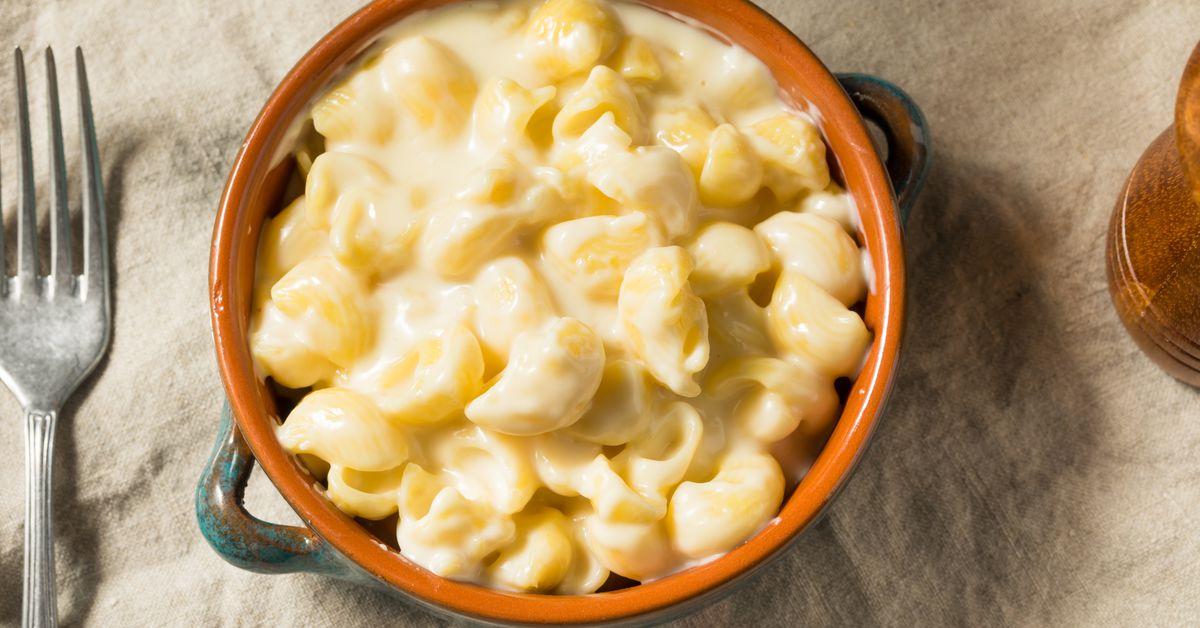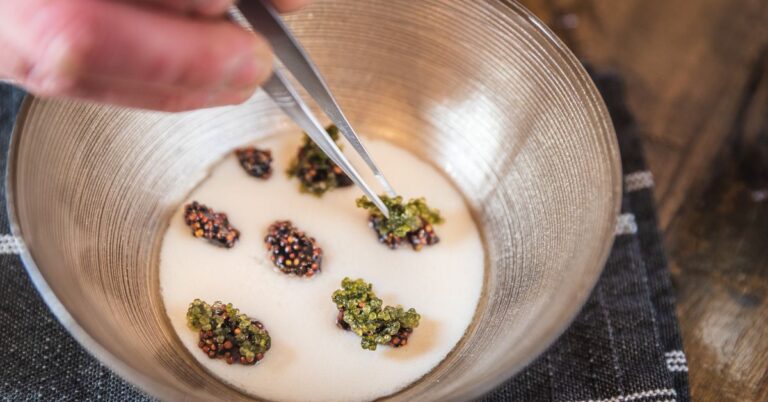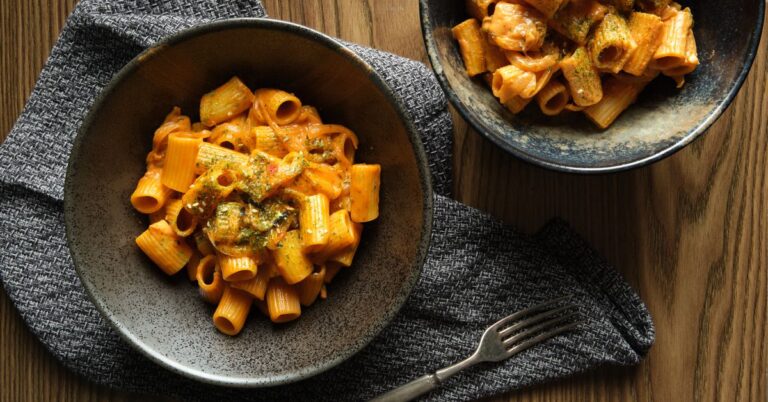How to Make Easy Three-Ingredient Pasta
It’s hard for me to answer the question “What’s your favorite food?” without any caveats or follow-up inquiries (can it be a list of top five foods instead?), but I can confidently say that pasta is the food that I’m always, unfailingly in the mood for. Though eating pasta is a no-brainer (I truly don’t discriminate between boxed mac ‘n cheese and handmade-from-scratch noodles from a restaurant), making pasta at home has always felt weirdly intimidating and complicated — until now.
Through a combination of necessity, laziness, and an embarrassing number of 9 p.m. cravings I couldn’t ignore, I’ve discovered that an uber-satisfying, creamy-but-balanced pasta is only three ingredients away: heavy cream, stock (chicken, vegetable, beef, whatever you fancy), and a concentrated paste. As someone who thrives under (loose) structure and (rough) formulas, this simplified approach has made pasta something I can now cook with confidence and consistency — and needless to say, it’s also changed my late-night dinner game forever.
You start by choosing a cooking paste with a strong flavor that would shine in pasta sauce (think tomato paste, white or red miso, gochujang, and even Dijon mustard). Next, melt a few tablespoons of butter in a large skillet or Dutch oven, add some minced garlic, and saute a spoonful of cooking paste in the mixture to caramelize and “ripen” the flavor. Pour in enough cream and stock (choose the ratio according to your preference) to dilute the paste, season with salt and pepper, then simmer everything together until it reduces down to a rich, creamy pasta sauce. If you don’t eat dairy for whatever reason, you can try substituting the cream with a splash of unsweetened non-dairy milk that doesn’t have a pronounced flavor, such as oat or soy, and the butter with olive oil, though the result won’t be as creamy.
Thanks to cooking’s forgivable nature, you really can futz with the consistency and flavor of the sauce until the very end, so don’t be afraid to taste, add, and adjust until it’s just right — I highly recommend adding a drizzle of honey, though, which provides great balance and depth. To finish, cook the pasta (reserving a splash of pasta water), drain it, and toss it in the sauce, adding a bit of the pasta water if needed to loosen the sauce so that it fully coats the noodles.
Once you’re familiar with the method (which is the base for my creamy gochujang pasta recipe!), you can customize it to your heart’s content. Try diced shallots instead of garlic (or use both); cook vegetables like sliced onions or shiitake mushrooms in the butter before adding the paste; throw in a seeded hot pepper or two for some heat; or add freshly grated cheese or a sprinkle of instant dashi powder at the end to intensify flavor. Play around with pasta shapes: rigatoni, linguine, farfalle, elbow macaroni, and radiatore have all been superb in my experience. And don’t forget to top your pasta with a sunny egg, crispy chickpeas, diced scallions, or basically whatever you want.
I could go on and on, but the bottom line remains: as long as I keep heavy cream, boxed stock, and a rotation of pastes on hand, the creamy, comforting pasta dish I regularly crave is always at my fingertips — no recipe required, not just on the weekends, and without that much thought or effort involved. And given that I’m planning to cook whatever I want this year, I consider myself to have hit the jackpot.
Joy Cho is a freelance writer, recipe developer, and pastry chef based in New York City.






